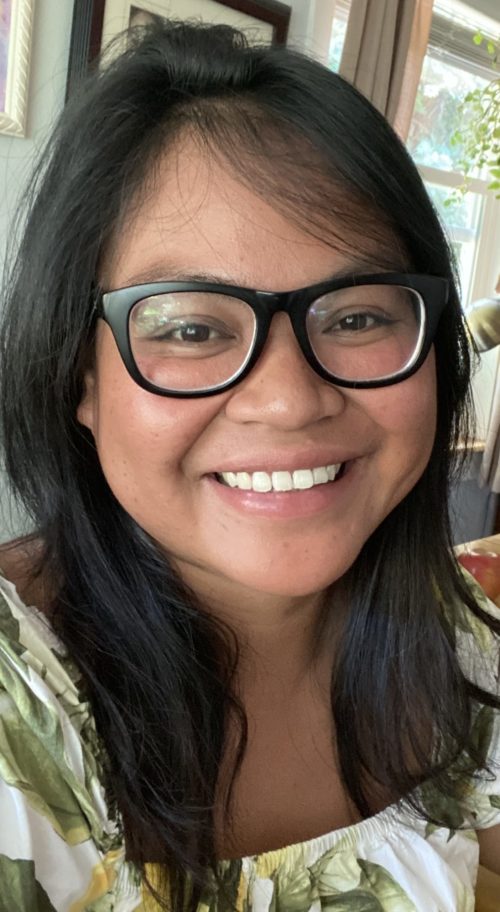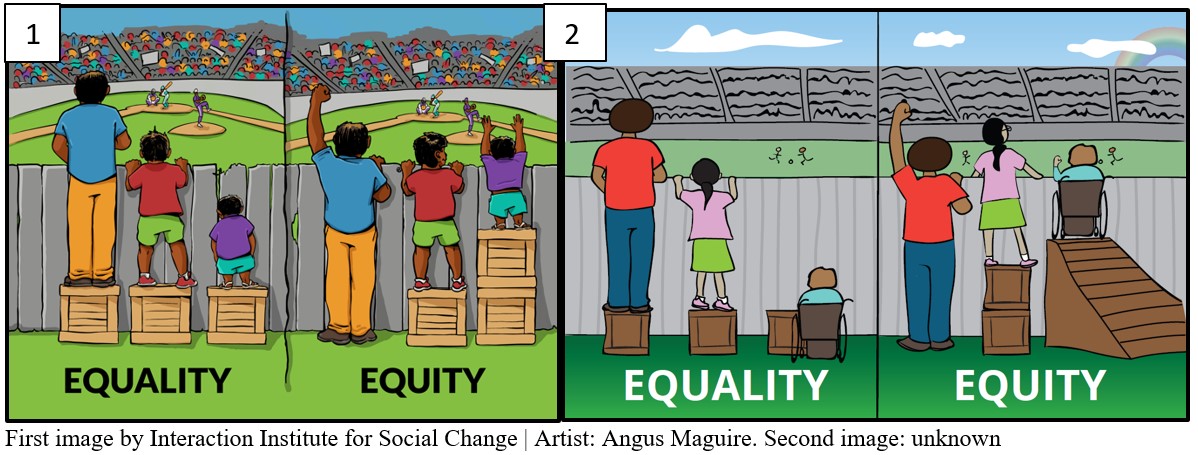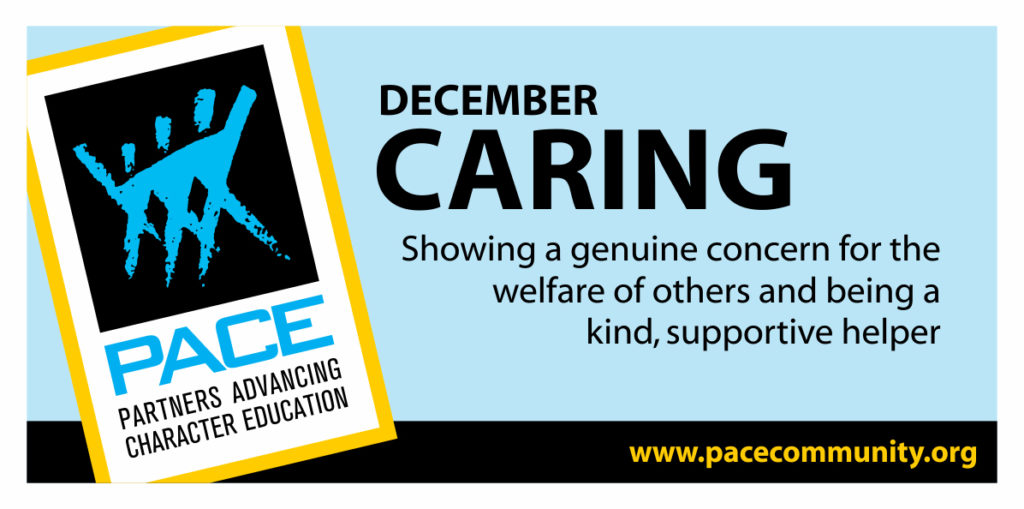Fairness by Jingle Gorton

Jingle Gorton, Graduate Student, Whitworth University
What is fairness?
I asked the resident expert at home, my 8-year-old third-grader, what she thinks fairness is. In answer, she said that fair means equal. To illustrate her point, she gave an example of having two cookies compared to her younger brother, the second resident expert at home, a.k.a. my 6-year-old first-grader, who only has one cookie. She said that it is not fair for her to have two cookies, so, for it to be fair between her and her brother, she would split her second cookie in half and give half of it to her brother.
I validated her answer, telling her that it is honorable that she is willing to share her second cookie with her brother; however, her response is incorrect. But rather than telling her she was wrong, I gave her an example that I hoped would be more digestible for her age. I reminded her of that time we were at the local YMCA pool where her then 4-year-old brother, afraid of the water, clung to me for the duration of our time. So naturally, I was always with him to give him support. As a result, I was not always with her because she was not afraid of the water, and she had been swimming since she was five years old. In a follow-up question, I asked her, “Does this mean that I love your brother more than you? Does this mean he is more special than you because I spend more time with him at the pool than with you?” She said, “No. It just means he needs to be with you more because he is afraid of the water.”
What does fairness look like in the classroom?
Children often think that fair and equal mean the same thing, which is not surprising because even adults (including me!) get confused with their meanings. At Whitworth University, where I recently finished my teacher preparation program, I have been a part of meaningful and challenging conversations about what it means to be equal and fair. Equal is the easiest one to define because we can measure it in terms of quantity, size, degree, or value (according to Meriam-Webster). In contrast, fairness, defined as marked by justice and absence of bias, is a little trickier, as illustrated by my daughter. Hence, it is necessary to point out that one of the synonyms for fair is equitable. In my time at Whitworth, what helped me understand fairness as it relates to equity is the popular image with two pictures many of us may be familiar with. The first picture depicts three people of varying heights watching a game over a fence, each standing on stools. The shortest person is not able to see the game. The second picture depicts equity, where the tallest person has given their stool to the shortest person so they could also see the game. Today, this image has been updated to include a person in a wheelchair on top of an incline.

From looking at the images above, one can surmise that fairness, unlike equality, is best determined by need. When I think of my students, I think of all the assets they bring to the classroom because of their brilliance, unique talents and abilities, their neurodiversity, and their diverse cultural and socio-economic backgrounds. As a result, these multitudes of differences also bring out the diverse needs that must be met equitably for all of them to succeed academically. Therefore, to establish an equitable learning environment, as a teacher, I must reflect on my personal beliefs first and foremost: Am I inclusive? Do I hold high expectations for each of my students? Do I accommodate learning styles and disabilities? Do I differentiate my instruction to meet student learning needs? Lastly, do I check for biases and assumptions? These components are hallmarks of fairness and equity in the classroom, which transfers to the enormous landscape of the education system and to my personal commitment to the success of ALL students.
Jingle Gorton is a mother of two and a graduate student in the M.Ed. in Teaching & Learning program at Whitworth University, a PACE founding partner. She is also a WA elementary certificated teacher endorsed in teaching English Language Learners and Reading. Currently, Jingle is creating a non-profit organization to provide children’s books to her elementary school in the Philippines.
Please note: PACE invites volunteers to write on the trait of the month. Opinions and views do not necessarily reflect PACE or constitute an endorsement by PACE of the content.

